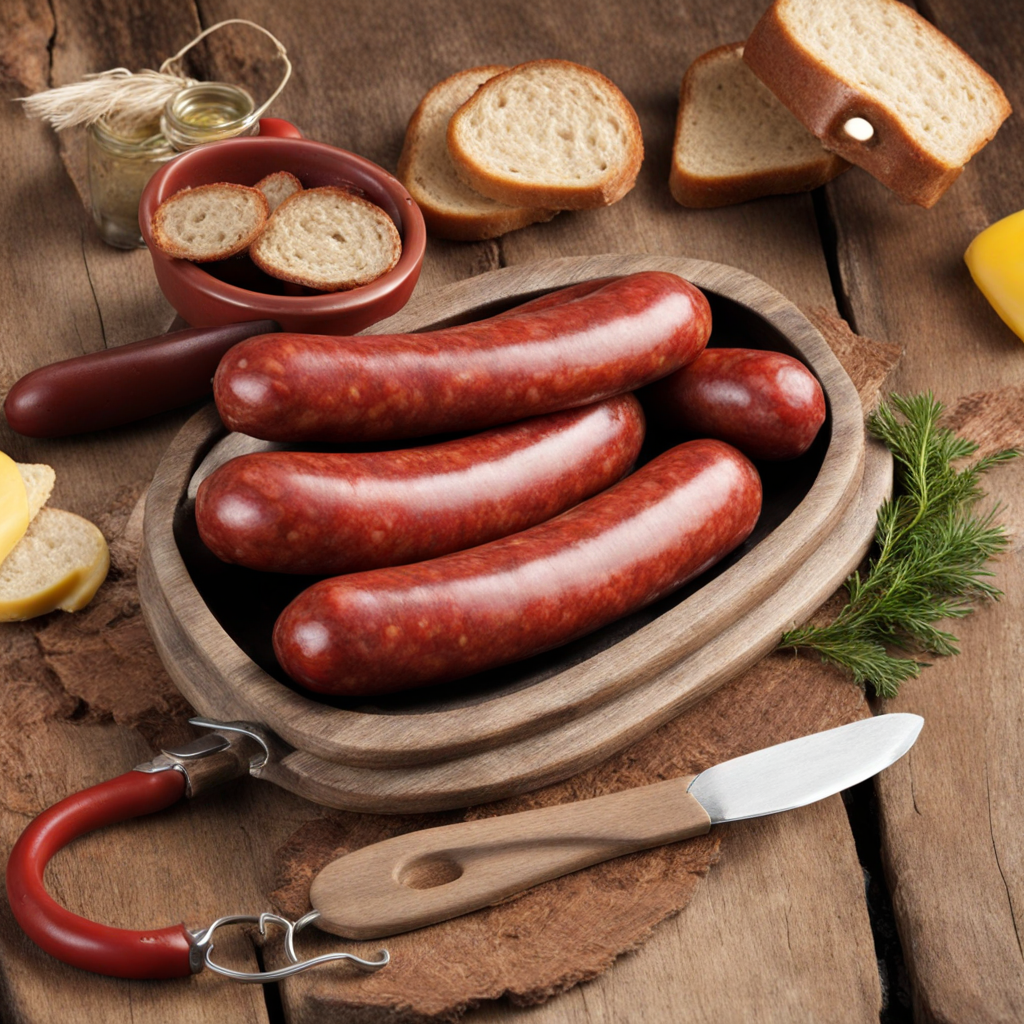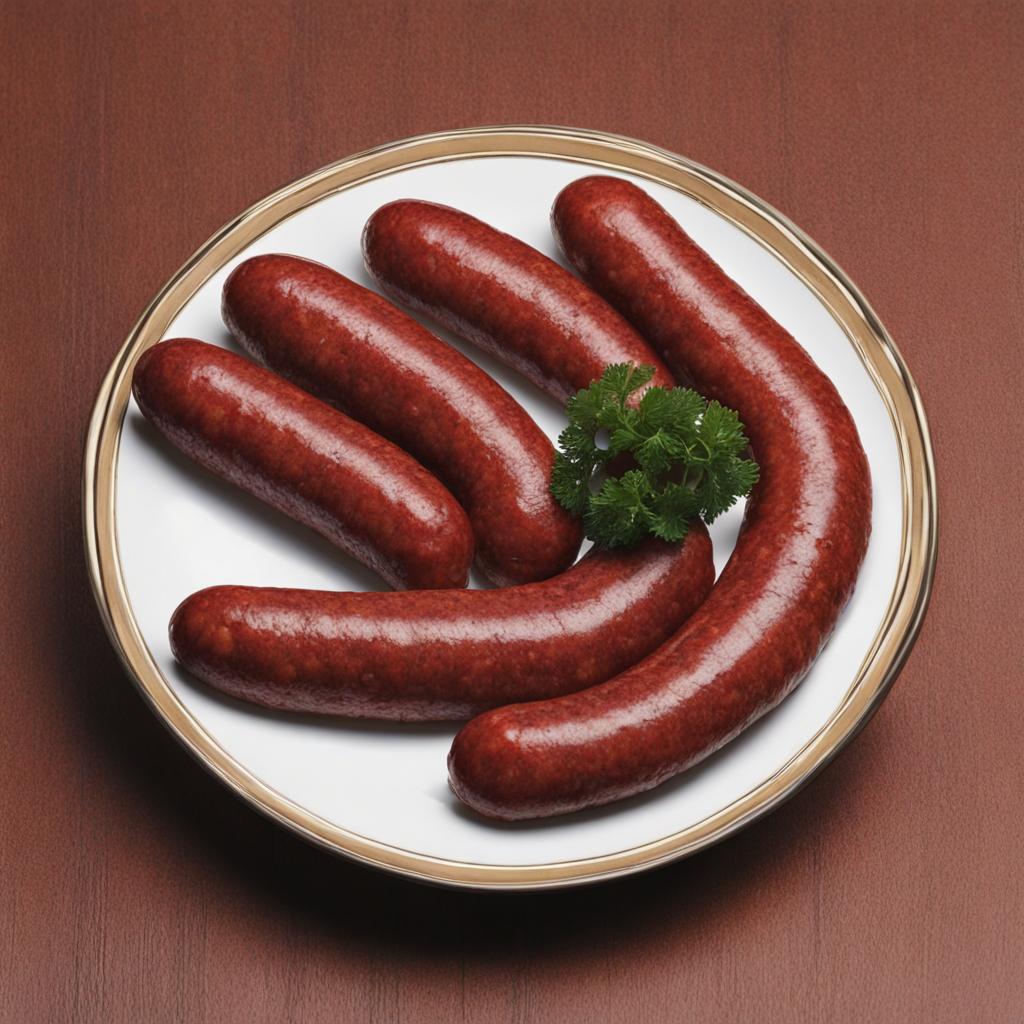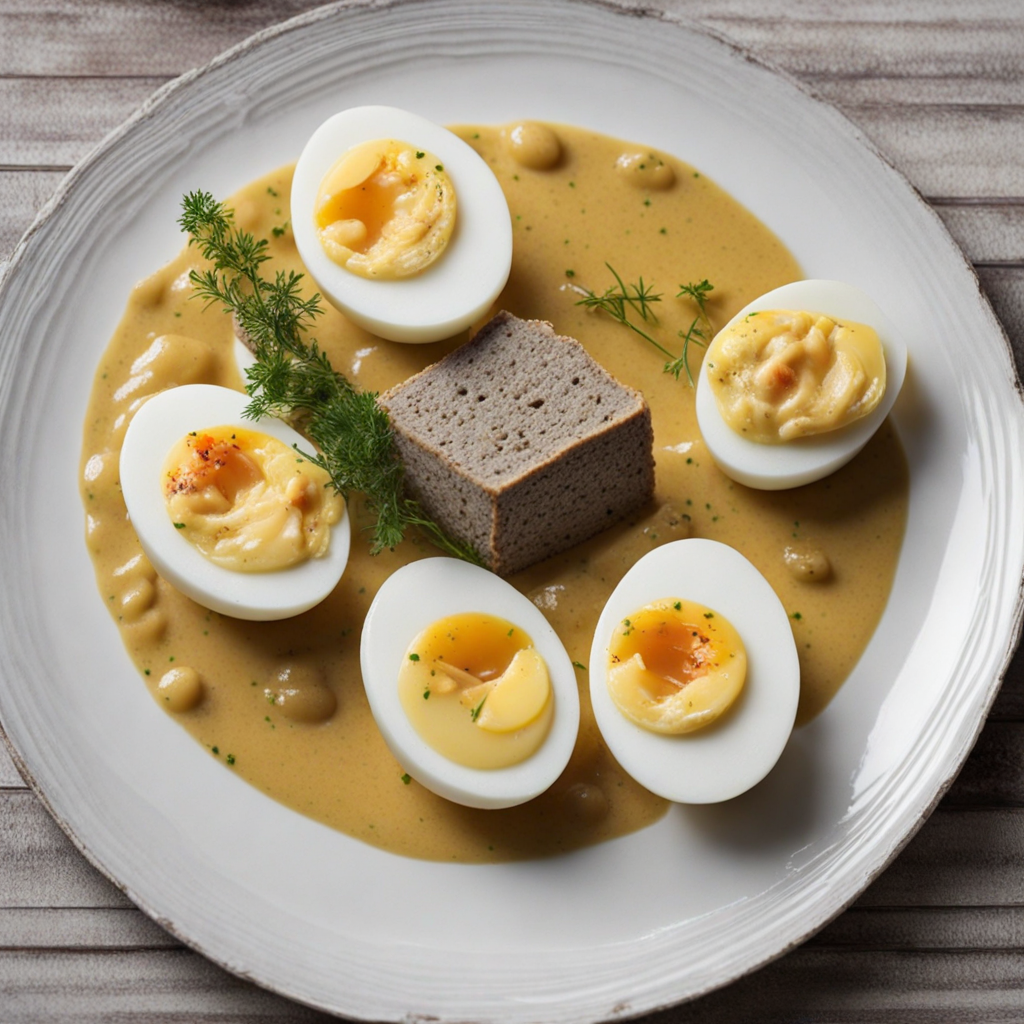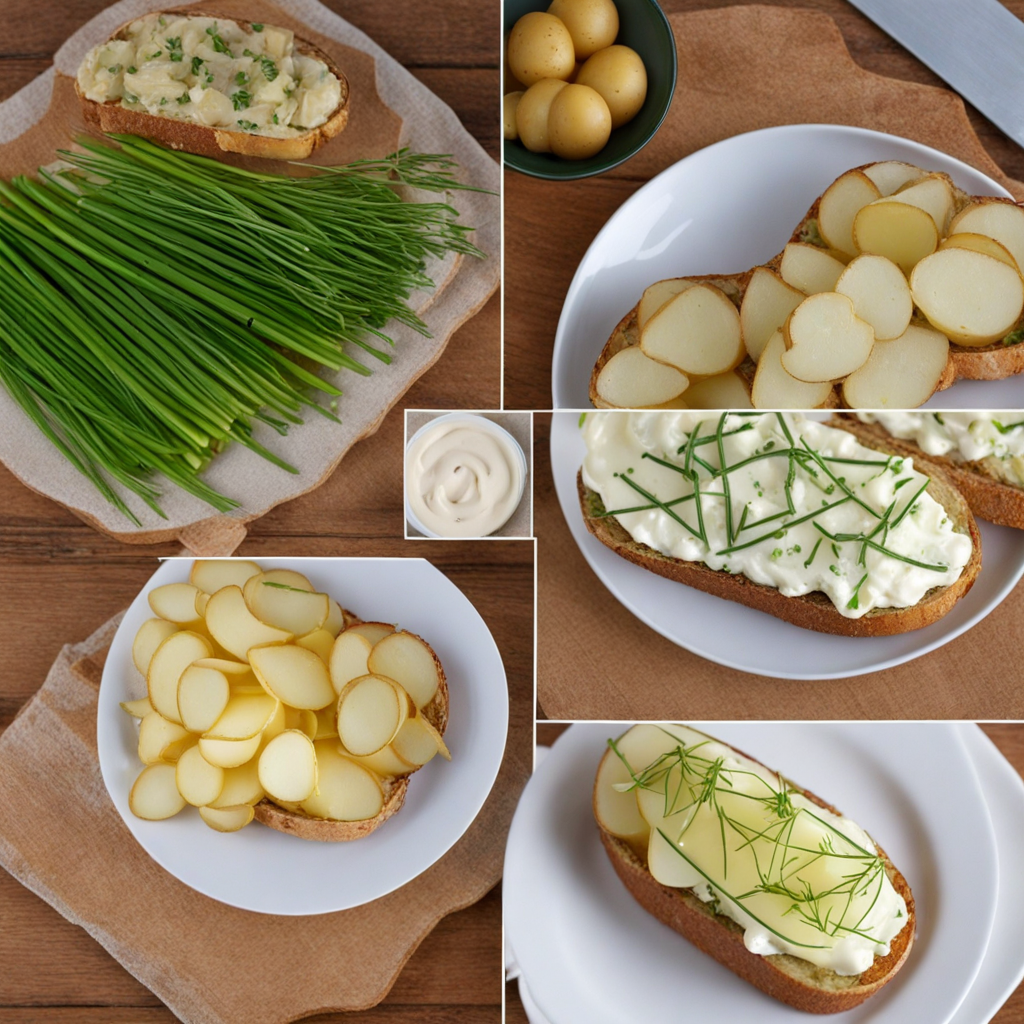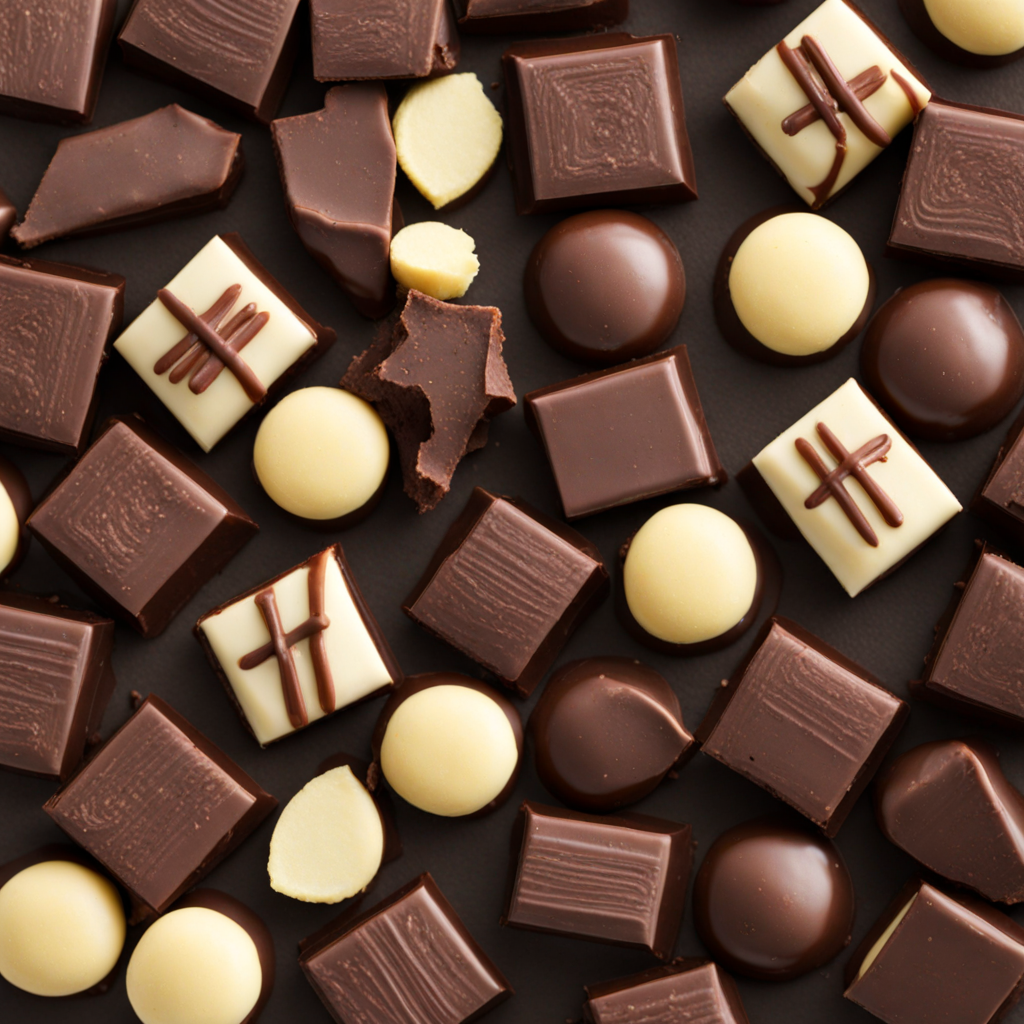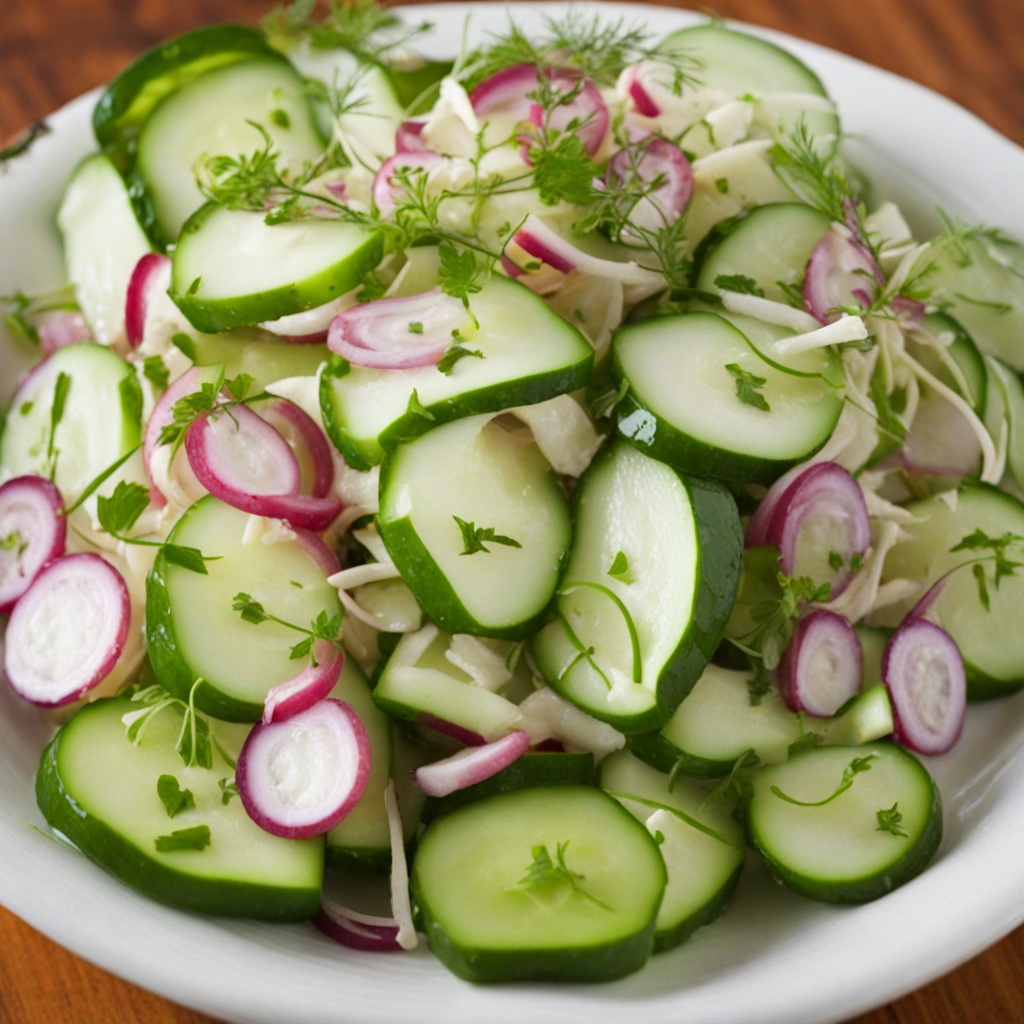Rød Pølse
Rød Pølse, or "red sausage," is a beloved Danish street food that tantalizes the taste buds with its vibrant color and unique flavor profile. This iconic sausage is made primarily from a blend of pork and beef, seasoned with a mix of spices that often includes a hint of nutmeg and allspice. What sets Rød Pølse apart is its distinctive red hue, achieved through the use of natural colorings, primarily paprika, which not only enhances its appearance but also adds a subtle depth to its flavor. It's typically served in a soft, fluffy bun, making it a perfect handheld treat for on-the-go enjoyment. When you take a bite of Rød Pølse, you'll experience a delightful combination of savory and slightly sweet flavors, complemented by a juicy texture that bursts in your mouth. The sausage is often grilled or steamed to perfection, ensuring that every bite is infused with warmth and aroma. Danes traditionally enjoy Rød Pølse with a variety of toppings, including raw onions, crispy fried onions, and a generous drizzle of sweet Danish mustard or ketchup. These toppings not only add layers of flavor but also a satisfying crunch that contrasts beautifully with the soft sausage and bun. Rød Pølse is more than just a meal; it's a cultural experience that brings people together at street fairs, festivals, and local markets. As you savor this delicious treat, you'll find yourself immersed in the heart of Danish culinary tradition, where the simplicity of the ingredients showcases the craftsmanship of local food vendors. Whether you're a seasoned sausage lover or trying it for the first time, Rød Pølse promises an unforgettable taste adventure that captures the essence of Denmark's rich food heritage.
How It Became This Dish
Rød Pølse: A Sausage Steeped in Danish Tradition Origins Rød pølse, or “red sausage,” is an iconic staple of Danish street food, characterized by its vibrant red hue and savory flavor. Its origins can be traced back to the late 19th century, influenced by a variety of culinary traditions that converged in Denmark. The sausage itself is a type of hot dog, typically made from finely ground pork, beef, or a blend of meats, and seasoned with a mixture of spices, including paprika, which gives it its distinctive color. The introduction of Rød pølse was part of a broader trend in Europe during this period, where industrialization and urbanization transformed food production and consumption. As cities expanded and populations grew, there was a rising demand for inexpensive, portable food that could be easily consumed on the go. Sausages, including Rød pølse, filled this niche perfectly. They were sold from street carts and kiosks, making them accessible to the working class and integrating them into the daily life of Danish citizens. Cultural Significance Rød pølse quickly became more than just a convenient meal; it evolved into a cultural symbol of Denmark. It is commonly associated with traditional Danish festivities, including summer fairs, Christmas markets, and even sporting events. The sausage is often served with a variety of condiments, including mustard, ketchup, and remoulade, alongside toppings such as crispy fried onions, pickled cucumbers, and raw onions. This combination of flavors and textures contributes to its appeal, making it a beloved comfort food for many Danes. The significance of Rød pølse extends beyond mere sustenance; it embodies a sense of togetherness and community. Street vendors selling Rød pølse often become focal points in public gatherings, where friends and families come together to enjoy the food and share stories. The sausage's role in social interactions is particularly evident during the summer months when outdoor festivals and events abound, solidifying its place in the hearts of the Danish people. Development Over Time As the 20th century progressed, Rød pølse underwent several transformations that reflected changes in Danish society and culinary practices. The post-World War II era saw an explosion of consumerism, and with it, the rise of fast food culture. While traditional recipes remained popular, the convenience of pre-packaged and processed foods began to seep into the market. This led to the proliferation of mass-produced Rød pølse, which, while convenient, often lacked the depth of flavor found in artisanal versions. However, as the health and sustainability movements gained momentum in the late 20th and early 21st centuries, there was a renewed interest in traditional food practices. Danish consumers sought out locally sourced ingredients and artisanal products, leading to a revival of hand-crafted Rød pølse made from high-quality meats and natural spices. This resurgence emphasized the importance of sustainability, with many vendors prioritizing organic and ethically sourced ingredients. Additionally, the globalization of food culture introduced new influences to the classic Rød pølse. Fusion variations began to appear, incorporating flavors and ingredients from other cuisines. For example, some vendors started offering Rød pølse topped with spicy sriracha or kimchi, merging traditional Danish street food with global culinary trends. This evolution reflects the dynamic nature of food culture, where tradition and innovation coexist, allowing the Rød pølse to adapt while still honoring its roots. The Sausage Today Today, Rød pølse remains a cherished part of Danish culinary heritage. Street vendors across the country continue to serve this beloved sausage, often accompanied by the cheerful call of “Rød pølse!” as they attract customers. The dish has also found its way into restaurants, where chefs celebrate its history by offering gourmet interpretations alongside traditional preparations. In Copenhagen, for instance, the iconic hot dog stands, known as “pølsevogn,” are adorned with colorful, vintage signage and serve a variety of sausages, with Rød pølse as the star attraction. These stands have become a significant part of the city’s landscape and a must-visit for tourists seeking an authentic taste of Danish culture. The experience of enjoying a Rød pølse from a bustling street vendor while strolling through the vibrant streets of Copenhagen encapsulates the essence of Danish life, where food brings people together and fosters a sense of community. Moreover, Rød pølse has transcended its role as street food to become a symbol of national pride. It frequently appears in discussions about Danish cuisine and is often highlighted in food festivals and cultural exhibitions. The sausage has even inspired artistic representations, from illustrations in cookbooks to playful merchandise, further embedding it in the cultural fabric of Denmark. Conclusion Rød pølse is more than just a hot dog; it is a culinary emblem that encapsulates the history, culture, and social fabric of Denmark. From its humble beginnings in the late 19th century to its status as a beloved street food today, the evolution of Rød pølse mirrors the changes in Danish society. It serves as a reminder of the importance of tradition, community, and innovation in the culinary world. As Denmark continues to embrace its rich gastronomic heritage, Rød pølse remains a delicious link to the past, a symbol of national identity, and a beloved comfort food that unites generations. Whether enjoyed at a bustling street cart or a gourmet restaurant, Rød pølse will undoubtedly continue to satisfy appetites and bring people together for years to come.
You may like
Discover local flavors from Denmark


